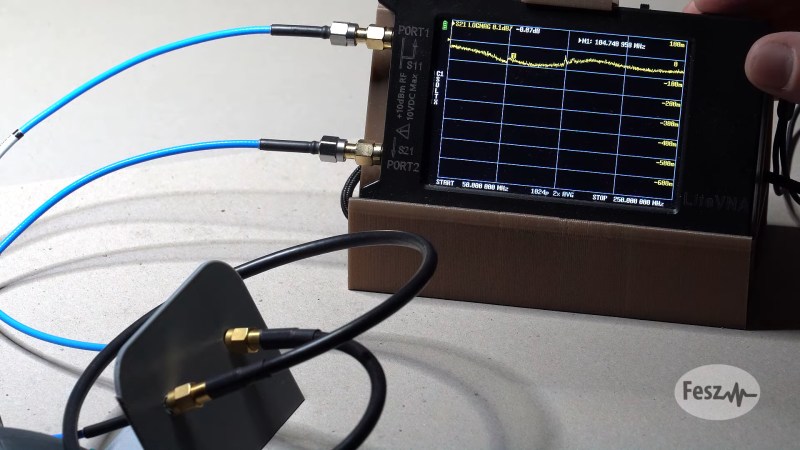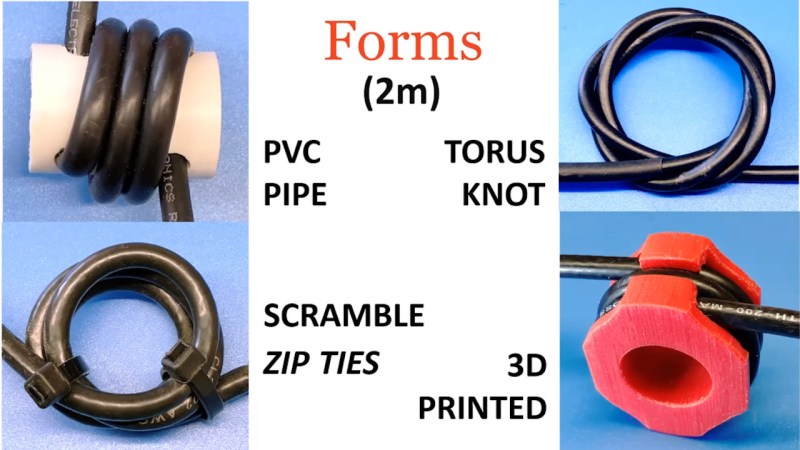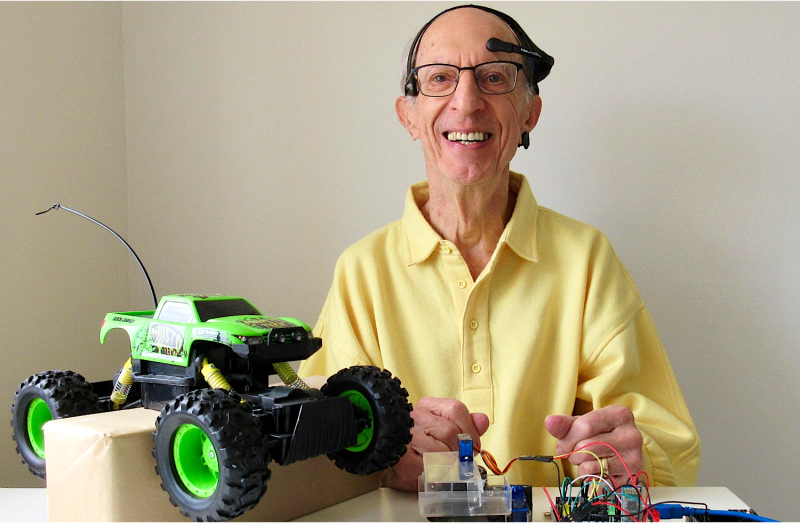For years, researchers and spies have devised ways of getting malware to computers that are “air-gapped,” or physically isolated from external network connections. Attacks like Stuxnet, the computer worm deployed against an Iranian nuclear facility a decade ago, shattered the myth that air-gapped systems are impenetrable fortresses. In that case, suspected U.S. and Israeli intelligence operatives crossed an air gap with malware that ultimately sabotaged centrifuges at a uranium enrichment plant. They also planted an idea in the head of Mikhail Davidov, an ethical hacker: Getting malicious code into an air-gapped computer is one thing, but how do you retrieve data from the network? One possibility, it turns out, is in the radio spectrum. With a radio, antenna, and his own computer script, Davidov figured out how to use a signal emitted by an air-gapped computer’s graphics processing unit (GPU) to exfiltrate data. Davidov, the lead security researcher at Duo […]
The post How one security researcher used radio signals to hop an air gap appeared first on CyberScoop.
Continue reading How one security researcher used radio signals to hop an air gap→



